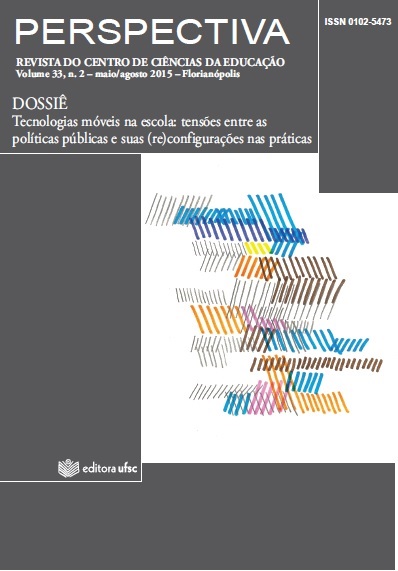Goethe´s research of colors and phenomenological education
DOI:
https://doi.org/10.5007/2175-795X.2015v33n2p805Abstract
Abstract
This article presents the fundamentals of Goethe's Theory of Colors. The physiological and physical colors present two principles: complementarity and intensification. Goethe´s research method is known as phenomenological. In his method approach to the phenomenon, there is not a reduction to the mechanical and geometric representations. Its focus is the quality of the phenomenon. The color wheel is made through research with the physiological and physical colors. The author presents six colors instead of seven as in Newton's prism. The phenomenological sky observation confirms studies of the prism. Goethe's phenomenology is a process of education of the senses and the quality of cognition.
Keywords: Phenomenology. Sensory Education. Epistemology of Education.
Downloads
Published
How to Cite
Issue
Section
License
This journal provides open access to all of it content on the principle that making research freely available to the public supports a greater global exchange of knowledge. Such access is associated with increased readership and increased citation of an author's work. For more information on this approach, see the Public Knowledge Project, which has designed this system to improve the scholarly and public quality of research, and which freely distributes the journal system as well as other software to support the open access publishing of scholarly resources. The names and email addresses entered in this journal site will be used exclusively for the stated purposes of this journal and will not be made available for any other purpose or to any other party.
The Perspectiva allow the author(s) yo hold the copyright without restrictions as well as publishing rights. If the paper will be republished later in another format, the author(s) should inform that it has originally been published as article in Perspectiva Journal and quote the complete references.



